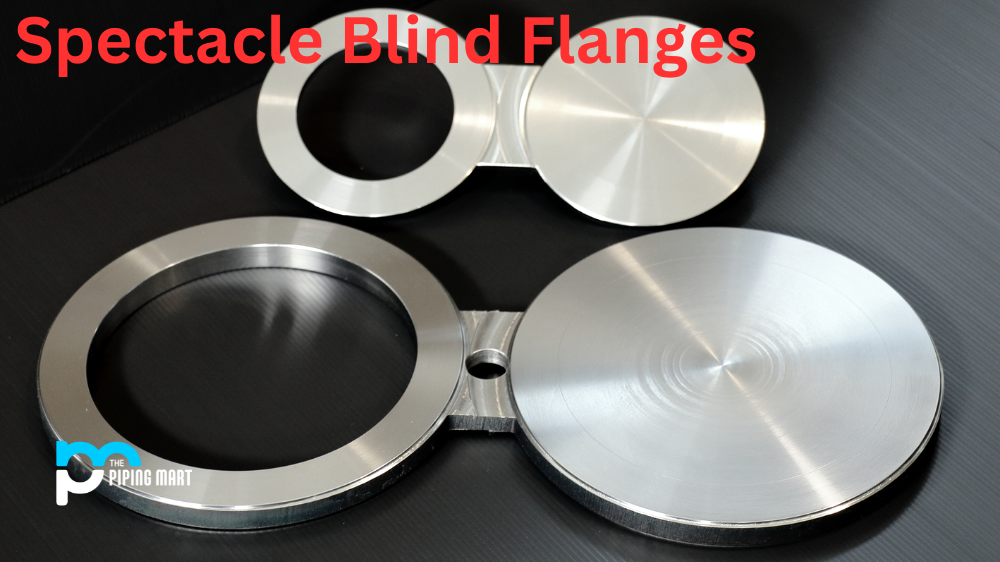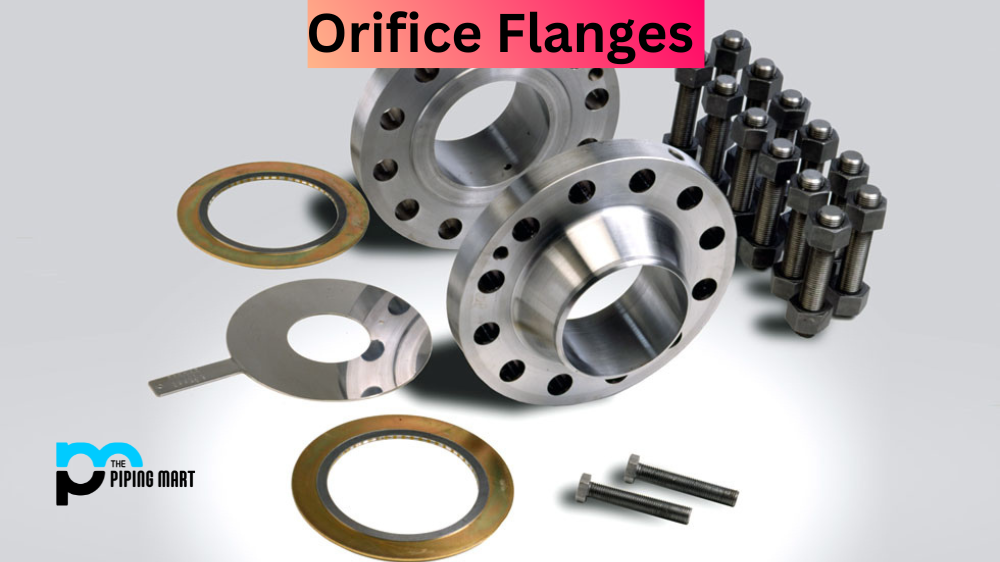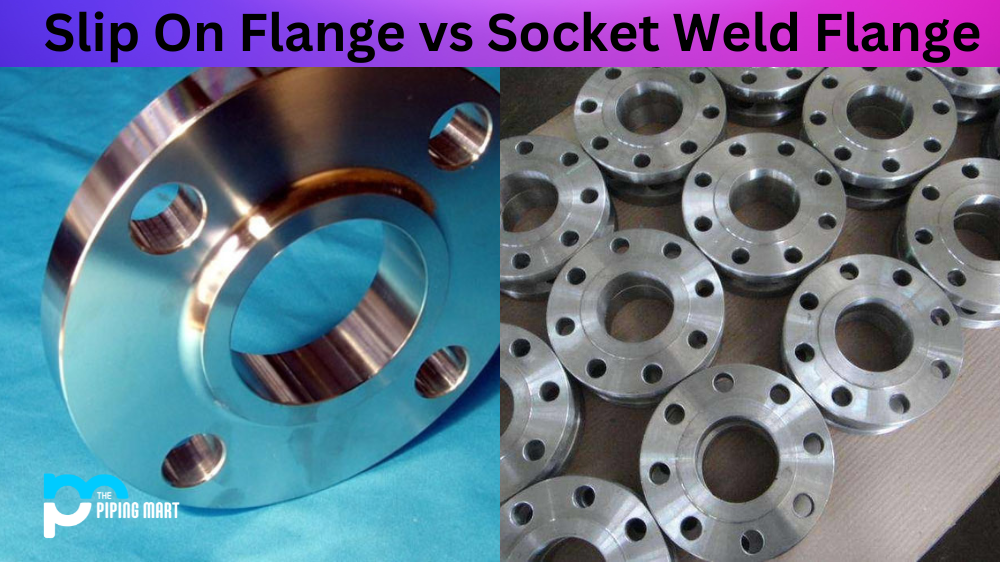Spectacle Blind Flanges are a type of flange used in piping systems to temporarily or permanently block the flow of a fluid. Spectacle Blind Flanges come in two types: one is used to replace a flange, and the other is used when access to a pipeline is required. Despite their practical use, Spectacle Blind Flanges face certain challenges. These obstacles can decrease their efficiency and durability, thereby reducing their functionality. As a result, we will explore the most common challenges that Spectacle Blind Flange applications experience and provide practical solutions to address these challenges.
What are Spectacles Blind Flanges?
A spectacle blind flange, also known as a figure-8 blind flange, is a specialty type of pipe fitting used to isolate or block off sections of piping systems. This unique flange consists of two interlocking metal discs with a small hole in the center, resembling the shape of glasses. The larger disc has an opening that allows for fluid flow, while the smaller disc can be rotated to cover the opening, effectively shutting off the flow.
Oil and gas pipelines use these versatile flanges to provide temporary or permanent isolation between different system segments. They are also used in high-pressure applications where regular maintenance and repair work may require specific sections to be blocked off.
One major advantage of spectacle blind flanges is their ability to maintain pressure integrity even under extreme conditions such as high temperatures and pressures. This makes them crucial components in critical operations where safety and reliability are top priorities.
In addition, spectacle blind flanges can also serve as convenient inspection points for pipeline systems by allowing easy access for visual or non-destructive testing methods without having to shut down the entire system.
Challenges in Spectacle Blind Flange Applications and Solutions
Corrosion
One of the most common challenges faced by Spectacle Blind Flange applications is corrosion. This is especially true when the flange is used in an environment with acidic or harsh chemicals. The corrosion solution is the use of materials that are resistant to corrosion. This is where stainless steel comes in handy. Stainless steel has proven to be corrosion-resistant and is the ideal material for Spectacle Blind Flanges.
Temperature Changes
Another challenge that Spectacle Blind Flanges face is temperature changes. Extreme temperatures can cause metal materials to contract or expand, affecting the flange’s sealing mechanism. To address this challenge, selecting the right material and ensuring it can withstand temperature variations is crucial. Additional precautions, such as ensuring proper installation, will help prevent temperature-induced failures.
Leakage
Leakage is a common problem during Spectacle Blind Flanges, even with the best installation practices in place. The solution to this challenge is to ensure that the flange is manufactured using high-quality materials. Once installed, ensure that the flange is properly maintained, which includes checking it for any signs of wear or damage. In the event of a leakage, it’s important to address the issue immediately.
Bend Stresses
Bend stresses commonly occur in Spectacle Blind Flange applications due to the flange design. Typically, Spectacle Blind Flanges are machined out of a single block of material, resulting in a weakened area in the center of the flange. To address bend stresses, the flange should be manufactured with a thicker center block, or the use of anchor flanges can be employed to provide additional support.
Flange Misalignment
Another common challenge with Spectacle Blind Flanges is flange misalignment. This occurs when the flanges are not aligned during installation. Even the slightest misalignment can result in reduced efficiency of the flange. Avoiding flange misalignment requires proper installation, which can be achieved by following the recommended installation procedures and using the proper tools.
Conclusion:
Despite the challenges faced by Spectacle Blind Flanges, these challenges can be easily addressed through several simple solutions. The use of high-quality materials, correct installation procedures, properly maintained flange conditions, and proper flange thickness, support, and alignment can ensure its efficient operation and longevity. As a result, it’s important for any manufacturer or user installing Spectacle Blind Flanges to consider these challenges and take the necessary steps to ensure that their piping systems operate efficiently.

Pipingmart is a B2B portal that specializes in metal, industrial and piping items. Additionally, we share the latest information and information about materials, products and various types of grades to assist businesses that are involved in this business.




